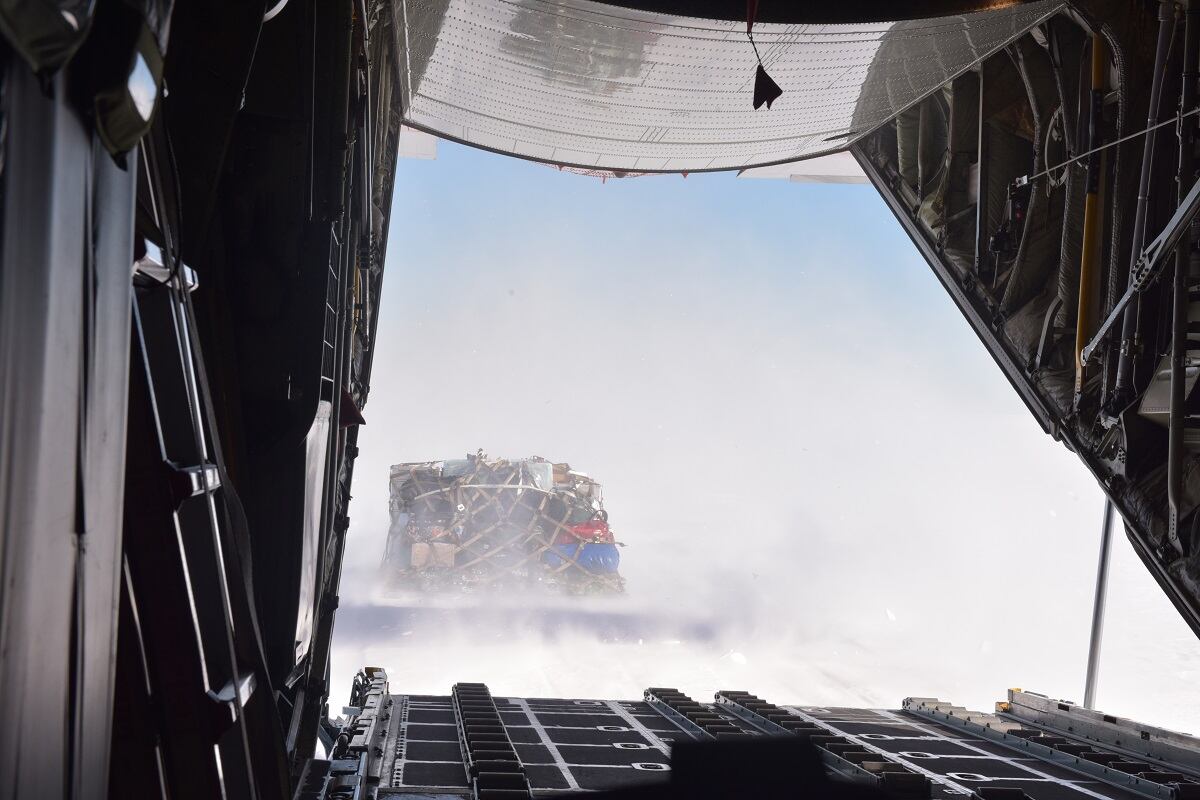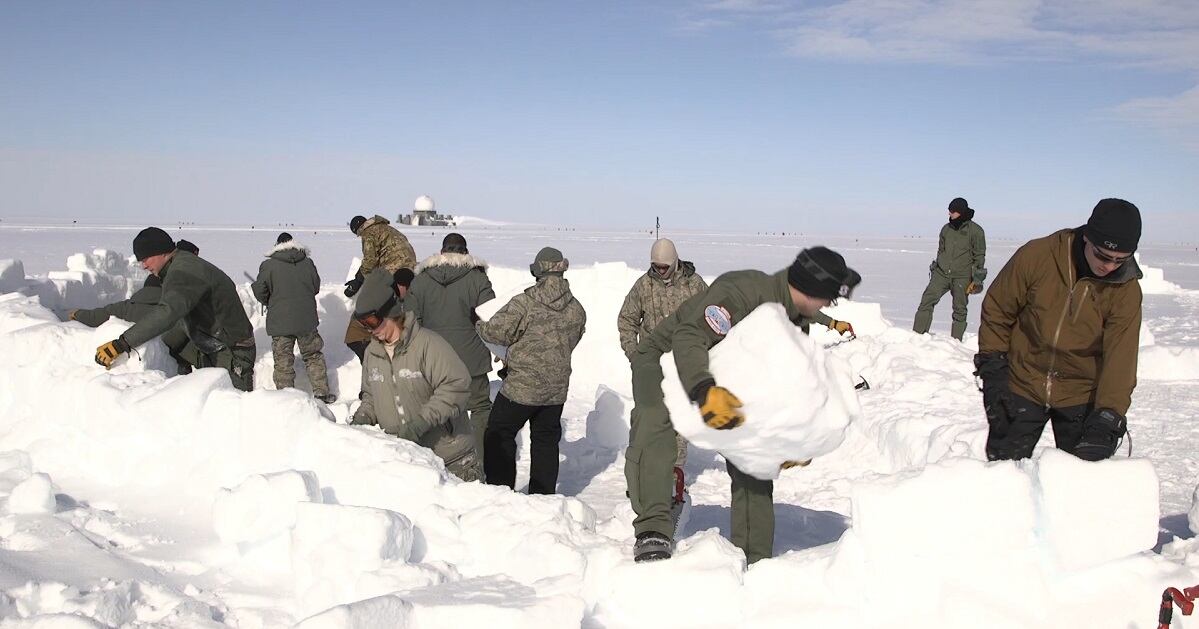A New York Air National Guard unit has begun its annual mission to support scientists doing climate research in Greenland.
About 80 members of the 109th Airlift Wing departed Stratton Air National Guard Base for Kangerlussuaq, Greenland, Tuesday in three LC-130 “Skibird” cargo planes, the ski-equipped variant of the Hercules. Over the next four months, about 200 airmen in six rotations will participate in the mission that supports the National Science Foundation’s ongoing studies of Greenland’s ice cap.
The 109th uses its ski-equipped aircraft, the largest in the world with the ability to land on ice or snow, to transport fuel, cargo and passengers to and from the various research camps throughout Greenland.
Last year, the 109th completed 92 missions, transporting 780 passengers and delivering 1.6 million pounds of cargo and nearly 68,000 gallons of fuel to various camps throughout Greenland, according to an Air Force news release. The wing also flew 146 training flights last season.
RELATED

We are leading the way in the Arctic with exercises and airlift missions, " said Col. Michelle Kilgore, 109th Airlift Wing commander, in the release.

The warming climate in the Arctic has led to international competition for natural resources and strategic military advantage in the far north, and both Russia and China are making strong inroads there. The U.S. has also refocused its attention on the Arctic.
Military leaders expect missions in the Arctic to increase and the 109th expects to be part of that, Kilgore said.
The unit also conducts annual missions in Antarctica, where it also supports National Science Foundation research operations.
The 109th’s training in Greenland not only includes flight operations but also “Barren Land Arctic Survival Training,” more popularly known as the “Kool School,” held at Raven Camp at the end of May.
RELATED

The week-long training for about 30 airmen consists of survival skills in the inhospitable climate, personal protection, sustenance/nutrition, medical, equipment laboratory, signaling and recovery.

“Working in or potentially surviving in the harsh arctic elements encountered during our Greenland and Antarctica missions make the Barren Land Arctic Survival Training essential to our 109th Airlift Wing members,” said Staff Sgt. Shannon Schiller, non-commissioned officer in charge of the wing’s Airfield Flight Equipment continuation training program.
“There is a real possibility of having one of our ski-equipped aircraft and its crew become stranded in a barren land situation," Schiller said in the release. “If stranded, this training will equip our personnel with the knowledge and survival techniques necessary to survive in those hostile environments.”
The airmen will also continue their tradition of reaching out to the local community.
“This year the 109th airmen are also collecting children’s shoes, books, bikes, jackets and other items to donate to the villagers of Kangerlussuaq, who host the mission each year,” said 1st Lt. Mathew Begin, the 109th Aircraft Maintenance Squadron officer in charge.
The Associated Press contributed to this report.




